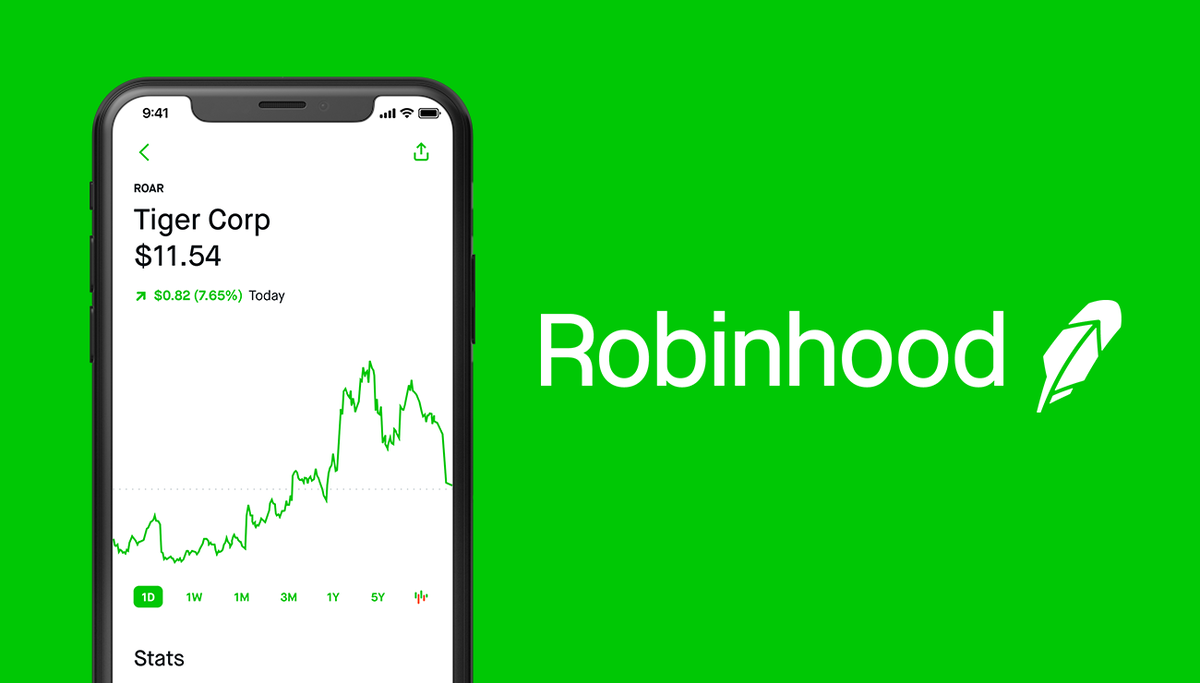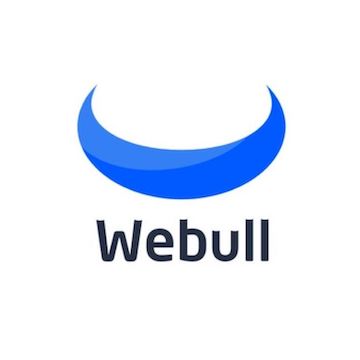DataStructures / System Design
Difference between TLS and MTLS.
Transport Layer Security (TLS) is an encryption protocol in wide use on the Internet. TLS, which was formerly called SSL, authenticates the server in a client-server connection and encrypts communications between client and server so that external parties cannot spy on the communications.
Mutual TLS, or mTLS for short, is a method for mutual authentication. mTLS ensures that the parties at each end of a network connection are who they claim to be by verifying that they both have the correct private key. The information within their respective TLS certificates provides additional verification. mTLS is often used in a Zero Trust security framework to verify users, devices, and servers within an organization. It can also help keep APIs secure.
Dogecoin! Earn free bitcoins up to $250 now by signing up.
Earn bitcoins upto $250 (free), invest in other Cryptocurrencies when you signup with blockfi. Use the referral link: Signup now and earn!

Using BlockFi, don't just buy crypto - start earning on it. Open an interest account with up to 8.6% APY, trade currencies, or borrow money without selling your assets.

Join CoinBase! We'll both receive $10 in free Bitcoin when they buy or sell their first $100 on Coinbase! Available in India also.
Use the referral Join coinbase!

Invest now!!! Get Free equity stock (US, UK only)!
Use Robinhood app to invest in stocks. It is safe and secure. Use the Referral link to claim your free stock when you sign up!.
The Robinhood app makes it easy to trade stocks, crypto and more.

Webull! Receive free stock by signing up using the link: Webull signup.
More Related questions...
